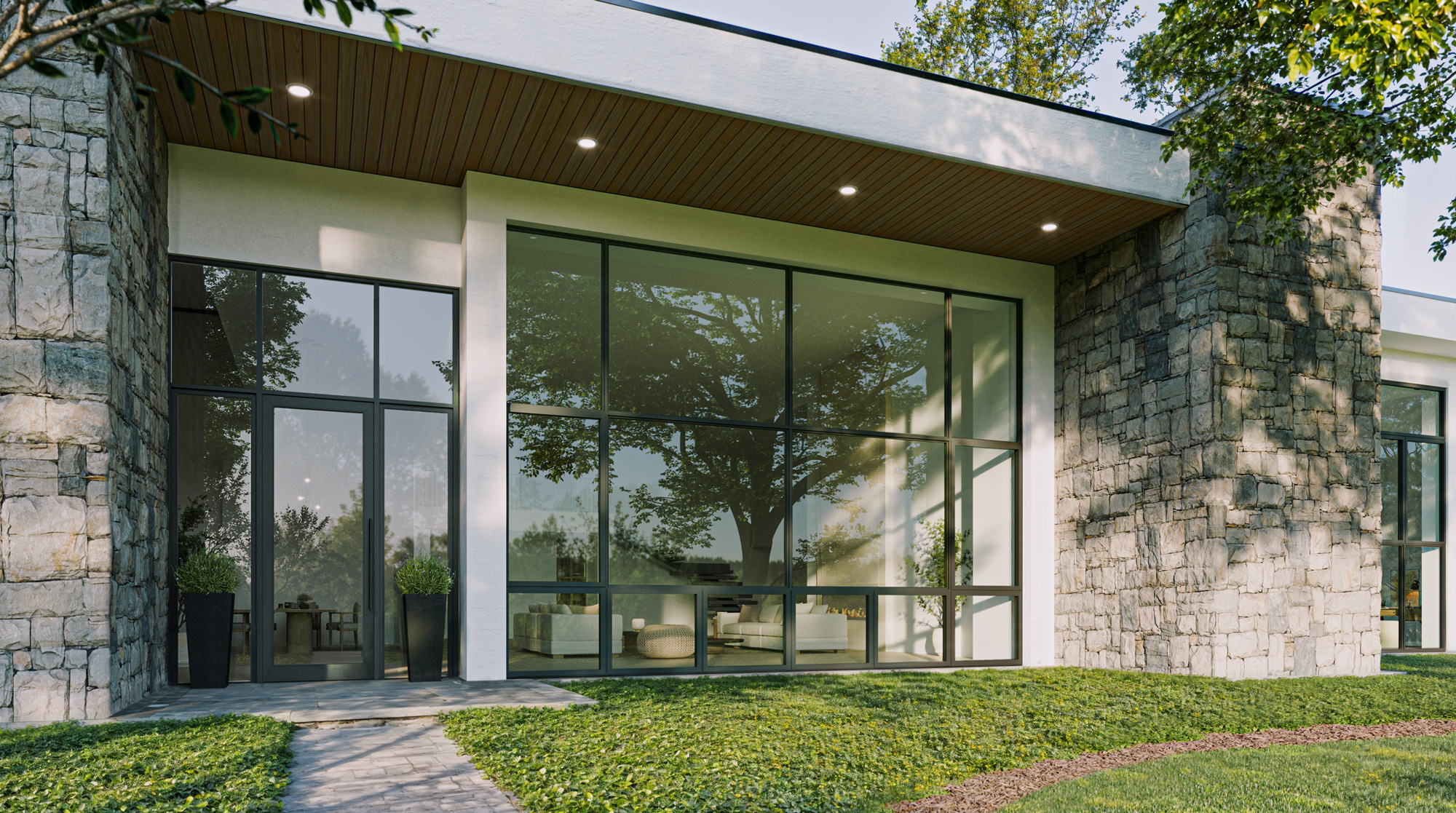Short lead times. High production capacity. On-time delivery. After joining the PGTI family of brands, Western Window Systems (WWS) decided to put an extreme focus on continuously enhancing operations to ensure the best customer experience.
Since Mark Yeandle, president of operations for the PGTI Western Division, joined WWS, the flow of the shop floor has been improved, leading to better efficiency and a higher capacity for storing and shipping. Now, WWS is breaking production records regularly and keeping lead times low compared to competitors.
Rearranging the shop floor to match the flow of products has made production swift and efficient. With additional storage room created for materials, the team has taken on a proactive approach to stocking materials.
“Our materials team and purchasing team did an outstanding job through all of (the pandemic) to make sure our impact was minimized,” Yeandle said. “Instead of getting in the line of fire on the day of and saying okay what are we short on today, we started to look out into the future.”
To do this, the team worked with vendors to procure the materials needed ahead of time to ensure that orders can be made on time. A bit of healthy competition has also led to improved lead times. TV screens [scoreboards] added to every station in the shop keep track of how many products are made per shift and give the whole team an overview of output. Striving to beat personal records and that of their team members had led to increased production output.
“Panels lines, for instance. They broke 200 in a single shift,” Yeandle said. “Breaking that 200 barrier was something that we celebrated; we brought in lunch. But I don’t think they would have known that they’d been able to break that if we hadn’t told them what the score was.”
Maintaining proper safety equipment and adding robotics to the machinery, like on the CNC machines, has also helped increase production. A periodic maintenance program keeps the equipment running safely during every shift.
The safety and maintenance departments work together to make sure that equipment is working right and are looking for ways to use industry equipment efficiently.
“Safety wise, we eliminated the need for having to use a chisel and a hammer, all of those things,” Yeandle explains. “We’ve created a higher quality product because it’s more consistent with robotics. And we’re able to increase our output and increase customer satisfaction.”
With certain tasks delegated to robotics, team members were able to shift priorities to further increase production and quality. Delivering products on time and helping with any future issues is also important. Getting feedback from field service helps improve the production process because it can identify potential issues during production.
“Really, it’s a collaboration between all those departments,” Yeandle said. “It’s the culmination of all of that work; getting the material here, having the material available, having the equipment available, having people available for basically a one-hour event of building a panel.”


